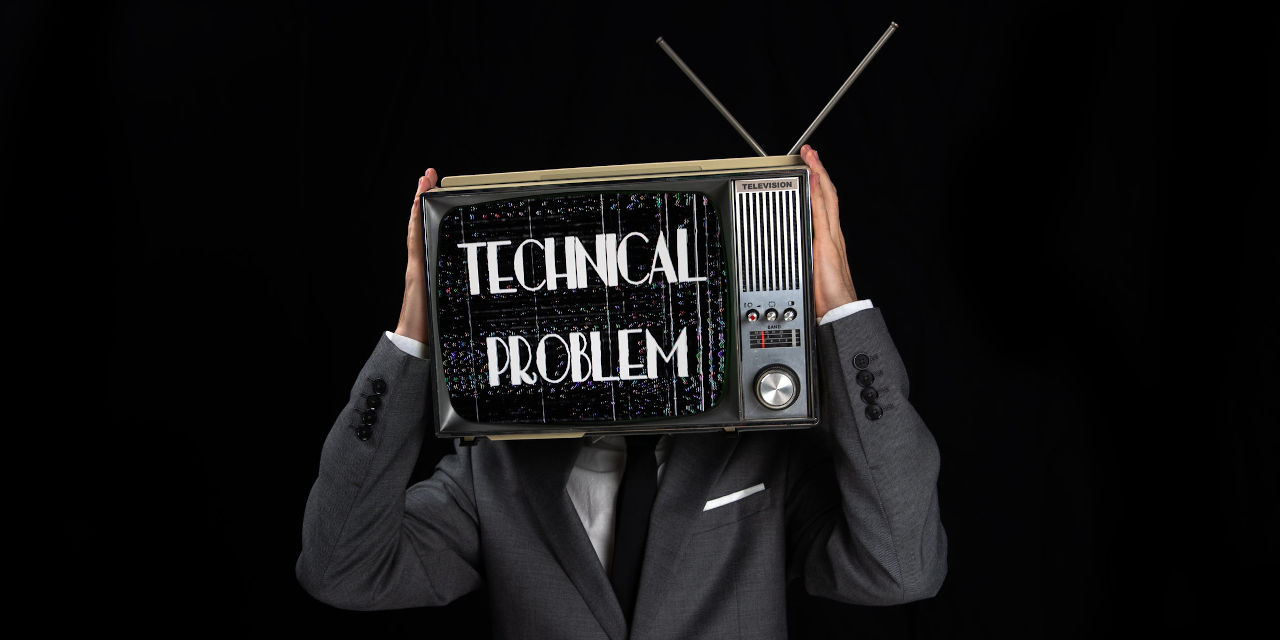By Jack Cumming
The one technology that is used by all residents is television. All residents know how to change channels. Most residents know how to use a program menu. And an increasing number of residents know how to record a program for later viewing. As an aside, some residents still want to know at what time and on what number channel a program is broadcast.
What’s much more problematic are HDMI inputs. Mastery of inputs is needed for the expanding spate of streaming devices ranging from Apple TV to Roku to Amazon’s Fire TV, etc. Few phenomena of today’s living are more exasperating than a welter of a half dozen or more remotes cluttering the living room coffee table. Those inputs, and knowing which remote is which, is a challenge and that challenge deprives many residents of streaming television programming. YouTube alone can give residents much more intellectual stimulus than what is generally available elsewhere.
Lost Opportunity
The television manufacturers might have benefitted greatly from the flight to virtual during the pandemic if they had only supported Zoom. But they didn’t. The division of market share among the leading television manufacturers has not changed significantly for many years. In 2019, for instance, Samsung led, followed a distant second by LG, with SONY and others following well behind the leaders.
For reasons that are hard to discern, the manufacturers have tended to make television a commodity product with the companies competing primarily on viewing quality with hard-to-understand innovations such as QLED, OLED, and the like. Missing were tools that might have given television the household centrality and simplicity that the industry once offered.
Confusing the picture, too, is the prevalence of cable providers’ set-top boxes which take viewer opportunities away from the manufacturers even though CableCARDs long allowed the manufacturers to dominate if they had wanted to. Recognizing this failure of manufacturers to compete, the FCC eliminated CableCARD support and reporting requirements in September 2020.
Is It Too Late?
This distraction of television manufacturers away from consumers’ end experience in favor of video engineering technicalities has cost the industry the chance to have profited from pervasive home confinement during the pandemic. There is some thought now that at least one company may be considering offering a more innovative television, and that might conceivably allow a better resident experience and simpler resident connectivity. Hey, Tim Cook, nearly 50% of the market share is centered in South Korea. Is Apple ready to pick up Steve Jobs’s creativity? Let’s bring innovation back to the United States.
Take Zoom (and other videoconferencing vendors) as an example. Today people primarily use Zoom on laptops, with iPads and iPhones following. Yet, Zoom is a natural for the larger screen of a television. Virtually all laptops today come equipped with a microphone and web camera. Virtually no television sets are so equipped. Cost is the inhibitor since, in a commodity market, with every product almost the same as every other, price and promotion are the primary competitive tools.
Fear of Innovation
Simply adding a camera and microphone might have allowed a lagging manufacturer like LG to give the leader Samsung a run for market share. The reluctance to innovate likely reflects a fear that Samsung might just copy the innovation leaving market share where it’s been. The word now, though, is that at least one manufacturer may be preparing to up its processor power and to add at least a microphone. That’s intriguing.
Here’s some advice for the unnamed innovator. Add a camera, too, and add Zoom as an embedded app at delivery. Moreover, give the camera sufficient resolution so that it can electronically track a person in the way that the Facebook Portal does. As an aside, the Portal might have been a go-to product if it weren’t tied to Facebook Messenger with its vulnerability to imposters masquerading as friends. Facebook’s tolerance for imposters is rightfully a fear point for older people.
Competitive Differentiation
Finally, to break the commodity product stranglehold, license exclusively the Owl Labs proprietary software for its Owl Conference Camera, which dynamically and electronically spotlights speakers in a room with multiple participants. That multiple-person dynamic is likely to prevail if televisions become primary for virtual family visits. That’s a huge market opportunity that can sell television sets far more rapidly than a resolution advancement. Most viewers are satisfied with their current viewing experience. Added functionality sells; incremental resolution improvements are merely expected.
What does this portend for senior living? Think of what might have been. My mind immediately goes to a couple I know, separated by COVID with one partner in skilled nursing and their spouse nearby in independent living. “Nearby” might have been a galaxy away. We were able to connect them with a small Echo Show device, but there in that nursing room was a television, which might have made all the difference.
Imagine a television with enough oomph and enough storage to act as a video recorder. That would be great for senior living, especially if providers could personalize “skills” to make residential living more attractive. It would also be great for everybody.
Would people pay a premium price for more integrated viewing, connecting, and interacting? Of course, they would. They’re already paying for the zillion sources that now fill up their HDMI slots and clutter their living rooms with cables.
Why isn’t someone already doing this? That’s a very good question. Observation suggests that disruption is only self-evident after market shares have already shifted. In business, the race goes to the swift.
The breakthrough is in that added processing power. Resurrecting CableCARD technology to give the manufacturers’ television primacy over cable company boxes can complete the circle. It’s not been in the best (financial) interests of cable companies to support streaming on their set-top boxes. Added processing power and more powerful Wi-Fi receivers in televisions can bring streaming directly to the television bypassing the cable company.
Keep It Simple
Residents want it simple. So, for that matter, do consumers generally. Does anyone like those added devices with the cable clutter now required for the multiple HDMI-connected sources? No wonder people are opting in large numbers to leave cable companies to get all their programming from streaming sources. As cellphone operators increasingly enter the Wi-Fi business, cable companies will have to scramble to keep their customers. The television manufacturers stand to benefit from the shift if they are swift to the race.
In the meantime, senior living operators will have to deploy these new two-way televisions to bring digitalization to their residents or they, too, will be left behind. Technology never stands still. Those who envision the end consumer experience, and who match their offerings to that experience to give the consumer improved value, will be the winners.








